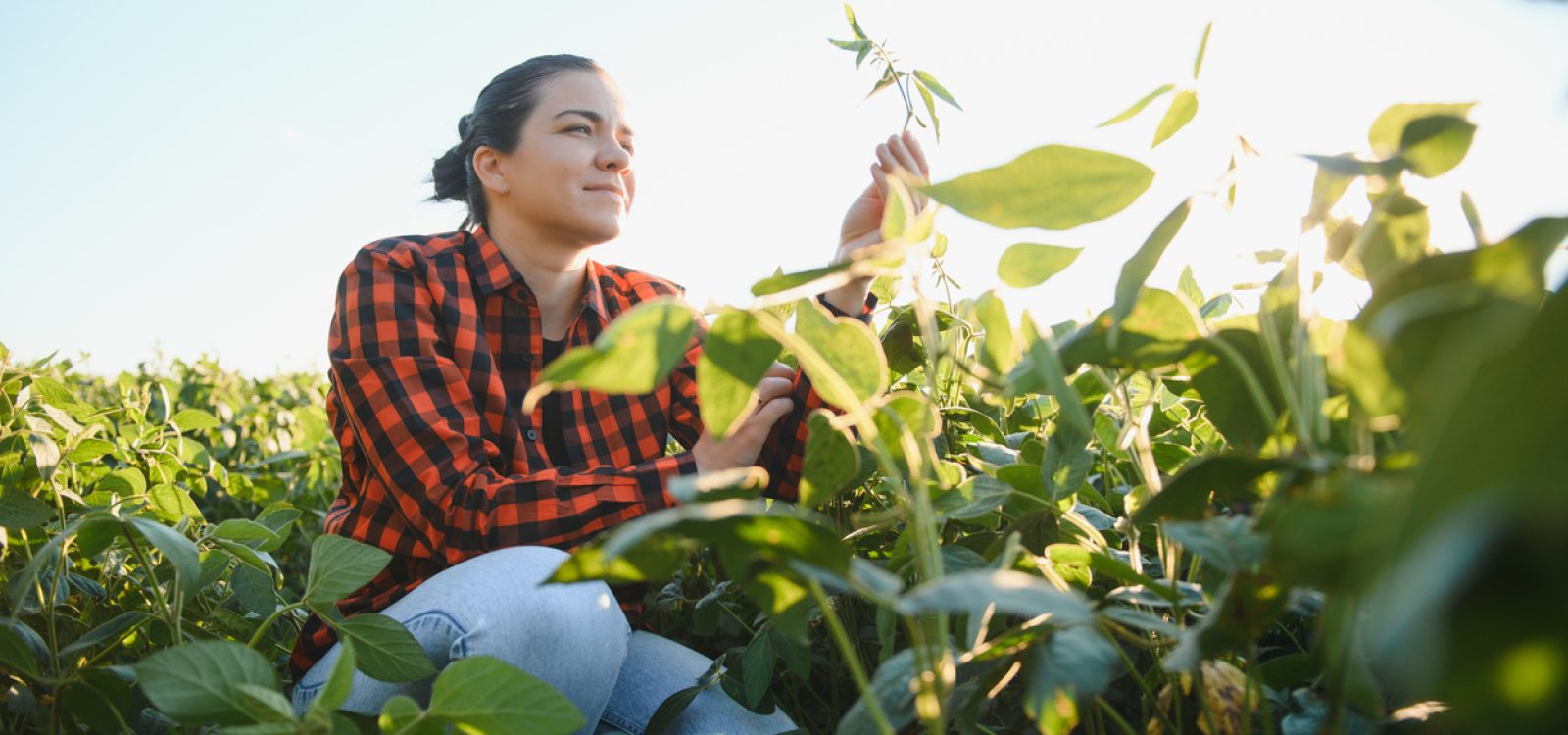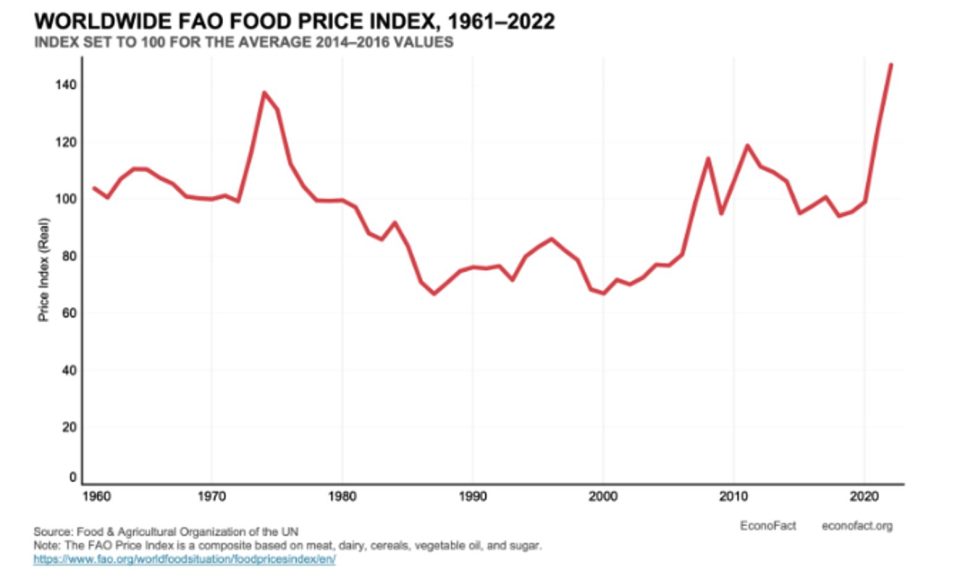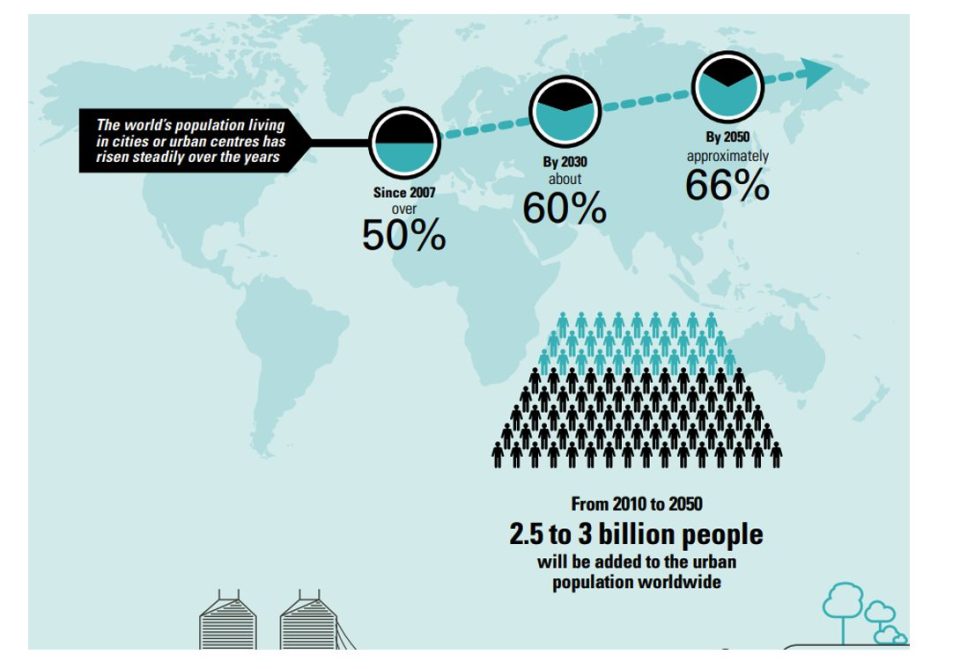
Sustainable Development Goals (SDGs) – Society Goals and Actions
Following Actuaries and Sustainability, this is the second article of three that explores the inter-related Sustainable Development Goals (SDGs) under the three pillars of sustainability – environment, society and economy.
This note looks at SDGs through the lens of society.
SDG 2: Zero Hunger – End hunger, achieve food security and improved nutrition, and promote sustainable agriculture.
Data from 2020 indicates that one in ten people worldwide are suffering from hunger, with nearly one in three people lacking regular access to adequate food. Children under five are particularly affected, with 149 million suffering from stunting.
COVID-19 and the war in Ukraine have also generated large price rises[1], resulting in food shortages among the poorest of people3.

The United Nations has set targets for 2030 which include:
- ending hunger and ensuring access for all to safe, nutritious and sufficient food at all times;
- doubling the agricultural productivity and incomes of small-scale food producers, particularly women, indigenous peoples and fishers; and
- ensuring sustainable food production that helps maintain ecosystems and strengthens climate change adaptability[2].
Despite the security issues, the World Food Programme (WFP) is delivering food to hundreds of thousands of people in Sudan.
WFP has established two border outposts for people fleeing Sudan, to provide them with food packages to help them while waiting for processing. These are mostly women and children as they do not need visas to move from Sudan to Egypt[3].
Individuals can take action to support the goal of zero hunger by adopting a more healthy diet, buying only what you need and storing food carefully (airtight containers, etc.) to avoid wastage, and composting any waste food to restore the soil and reduce carbon footprint[4].
SDG 3: Good Health and Well-being – Ensure healthy lives and promote well-being for all at all ages.
The percentage of skilled health professionals attending births has risen from 77% in 2008-14 to 84% in 2015-21, yet the coverage is 20% lower in sub-Saharan Africa.
Similar progress has been made in under-five and neonatal mortality. Universal health coverage (UHC refers to when good quality health services are available and affordable) also improved from 45% in 2000 to 67% in 2019. But COVID-19 is likely to have significantly adversely affected these gains[5].
As with other SDGs, there are several 2030 targets related to this SDG, including:
- reducing the maternal mortality ratio to under 70 per 100,000 live births;
- ending preventable deaths of newborns and under five-year-olds;
- ending epidemics of AIDS, tuberculosis, malaria and other tropical and communicable diseases and promoting mental health and well-being.
Actions taken to move towards these targets include the World Health Organization (WHO) supporting local governments to provide COVID-19 vaccines to vulnerable individuals (e.g., the homeless, survivors of domestic violence, those with disabilities, etc.).
Actions to support this SDG include speaking up for the availability of affordable and timely health care for all, including people in remote areas. Appropriate training and reasonable remuneration, conditions and support should be available for all healthcare workers.
SDG 4: Quality Education – Ensure inclusive and equitable quality education and promote lifelong learning opportunities for all.
Worldwide basic school infrastructure needs to be improved. In 2019-20, roughly a quarter of primary schools lacked access to electricity, drinking water and basic sanitation facilities. Only half of primary schools had computers and internet access. Least developed countries (LDCs) are of course furthest behind, with COVID-19 deepening inequalities in education.
2030 targets include:
- all children having access to complete free, equitable and quality primary and secondary education;
- all women and men, including youth, having access to affordable quality technical, vocational and tertiary education increasing the number of people with skills relevant for employment, decent jobs and entrepreneurship[6].
COVID-19 caused the closure of a number of schools in Basra in southern Iraq. This particularly impacted schooling for girls. In response, the UN International Children’s Emergency Fund (UNICEF) and World Food Programme (WFP) started a programme to support the education of 2,570 school children by funding a stipend which was often used to buy mobile phones so the children could continue with online and e-learning activities6.
Individuals can make their voices heard to encourage the availability of quality and affordable education for all, including people with learning difficulties.
SDG 5: Gender Equality – Achieve gender equality and empower all women and girls.
Gender equality is not on track to be achieved by 2030, with the social and economic fallout from COVID-19 exacerbating the position. Violence against women and girls remains endemic, and child marriage and genital mutilation continue to occur. Women in leadership positions is improving slowly but still well below appropriate proportions.
Targets needing urgent attention include ending all forms of discrimination and eliminating all forms of violence and exploitation of women and girls. The value of unpaid care and domestic work needs to be recognised and valued. Women should have equal opportunities and participation in leadership positions in public and private sectors[7].
In Indonesia, a local non-governmental organisation, the Noken Papua Foundation, was established to educate male and female students about menstruation and how to make pads from available materials. This helped overcome myths and stigma and enabled girls to attend school throughout their menstrual cycle in comfort[8].
Things people can do to support this SDG include:
- speaking up when encountering inappropriate language or behaviour;
- making sure that everyone gets equal recognition and opportunities in work, sporting and domestic situations; recognising the contribution of unpaid care and domestic work; and
- supporting equal pay for equal work.
SDG 11: Sustainable Cities and Communities – Make cities and human settlements inclusive, safe, resilient and sustainable.
More than half the world’s population lives in cities[9]. Rapid urbanisation and population growth pose challenges like increased pollution, inadequate housing, insufficient infrastructure, and social inequality. 99% of the world’s urban population breathe polluted air, and 1 billion people are living in slums[10]. Cities are also more vulnerable to climate change and natural disasters due to their location and high concentration of people.
The world is rapidly urbanising[11]

Targets by 2030 include ensuring access to safe, accessible and affordable housing, basic services, public spaces and transport systems. There are also goals to reduce the per capita environmental impact of cities, as well as protect poor and vulnerable people from disasters.
The New Urban Agenda (NUA) is the first internationally-agreed document detailing the implementation of the urban dimension of the SDGs, addressing ways in which cities can be planned, designed, governed and financed. The Sendai Framework for Disaster Risk Reduction 2015-2030 sets out principles for disaster risk management and urban resilience, including integrating disaster risk assessments into land use policies and urban planning.
Individuals can help achieve SDG 11 by advocating for sustainable urban planning, including access to education, availability of public transport, safe neighbourhoods and clean public spaces.
SDG 16: Peace, Justice and Strong Institutions – Promote peaceful and inclusive societies for sustainable development, provide access to justice for all and build effective, accountable and inclusive institutions at all levels.
People have the right to feel safe and be free from fear of violence as they live their lives, regardless of ethnicity, faith or sexual orientation. But crimes like human trafficking, organised crime and discriminatory laws and practices still take place. As of May 2022, the number of people forced to flee conflict, violence, human rights violations and persecution had surpassed 100 million[11].
SDG 16 targets include reducing violence and related deaths, ending exploitation and trafficking of children, and reducing corruption and bribery. Crucial to achieving this is promoting the rule of law and ensuring equal access to justice for all, as well as ensuring public access to information. Laws and policies must be applied without discrimination.
Over the last decade, the world has spent $349 billion on peacekeeping, humanitarian relief and refugee support. By 2030, the global homicide rate is projected to decrease by 19 per cent from the 2015 level, to around 4.8 per 100,000 people, but still short of the “significant reduction” targeted in the SDGs.
Individuals can promote inclusion and respect towards people of all ethnic origins, religions, gender, sexual orientations or different opinions.
References
[1] See chart: FAO (Food and Agricultural Organization)
[2] Goal 2 | Department of Economic and Social Affairs (un.org)
[3] The mothers risking everything to reach Egypt and escape hunger and conflict in Sudan | World Food Programme (wfp.org)
[6] Goal 4 | Department of Economic and Social Affairs (un.org)
[7] Goal 5 | Department of Economic and Social Affairs (un.org)
[9] United Nations Goal 11: Sustainable cities and communities https://www.un.org/sustainabledevelopment/sdgbookclub-11-archive/
[10] United Nations Goal 11 infographic https://sdgs.un.org/goals/goal11
[11] United Nations Department of Economic and Social Affairs, Sustainable Development Goal 16 https://sdgs.un.org/goals/goal16
CPD: Actuaries Institute Members can claim two CPD points for every hour of reading articles on Actuaries Digital.






